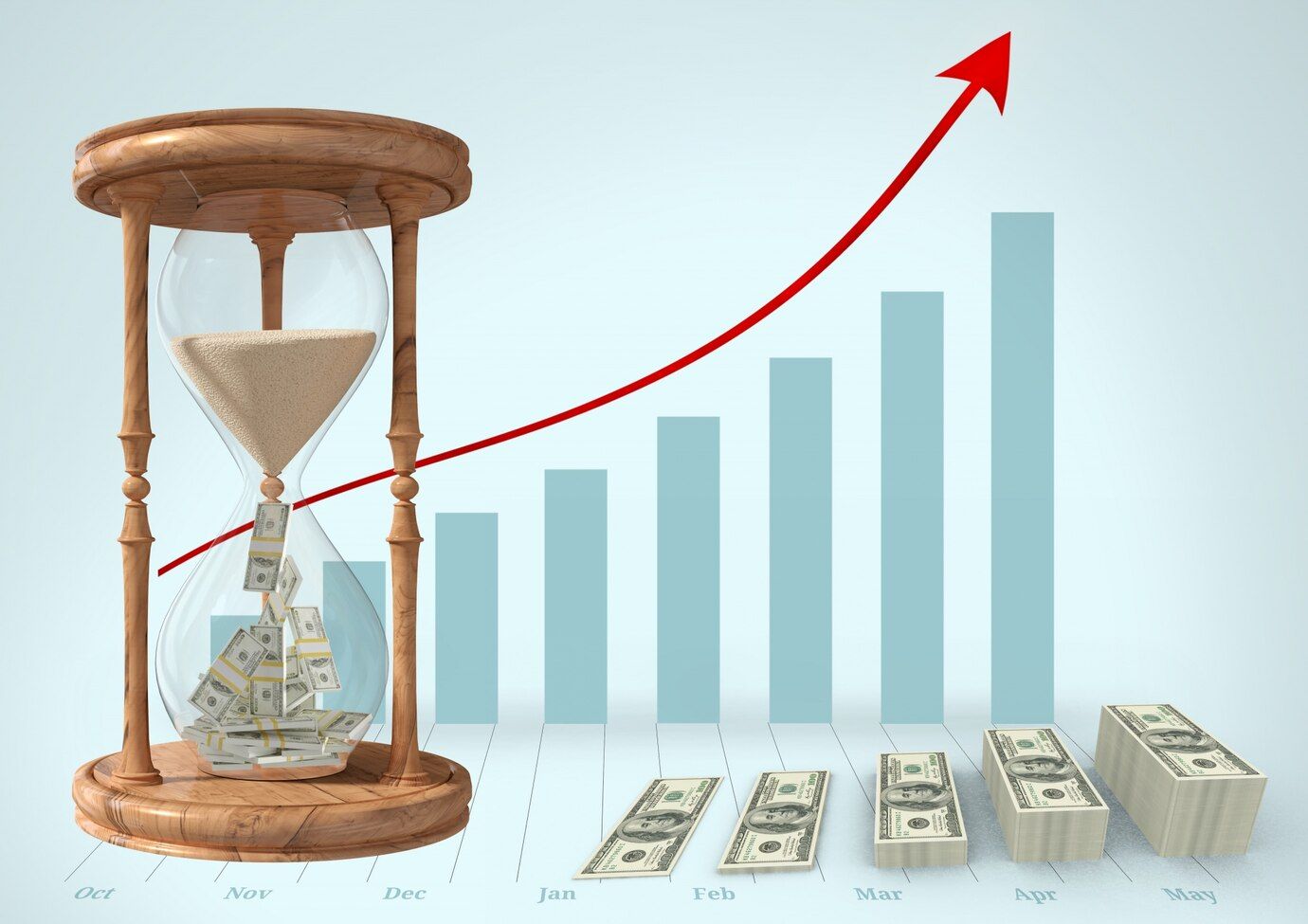
Introduction
Inflation, a persistent increase in the general price level of goods and services in an economy, is a complex phenomenon that can have significant implications for individuals, businesses, and policymakers. In this blog post, we will explore the causes of inflation, its consequences, and the policy responses that can be employed to address it.
Causes of Inflation
Inflation can be attributed to various factors, including:
Demand-Pull Inflation: This occurs when the overall demand for goods and services exceeds the economy’s ability to produce them. Increased consumer spending, government spending, or investment can lead to demand-pull inflation.
Cost-Push Inflation: This type of inflation arises when the cost of producing goods and services increases, leading to higher prices for consumers. Factors such as rising wages, energy prices, or raw material costs can contribute to cost-push inflation.
Monetary Inflation: Excessive growth in the money supply can also lead to inflation. When the central bank prints too much money or expands the money supply too rapidly, it can result in an increase in the overall price level.
Consequences of Inflation
Inflation can have several negative consequences for an economy:
Reduced Purchasing Power: As prices rise, the purchasing power of money decreases, making it more difficult for individuals to afford the same goods and services.
Erosion of Savings: Inflation erodes the value of savings over time, reducing the real returns on investments and making it harder for individuals to accumulate wealth.
Increased Interest Rates: Central banks often raise interest rates to combat inflation, which can increase borrowing costs for businesses and consumers, potentially slowing economic growth.
Social Unrest: High inflation can lead to social unrest, as it disproportionately affects low-income individuals and can erode trust in the government’s economic management.
Policy Responses to Inflation
Policymakers can employ various measures to address inflation:
Monetary Policy: Central banks can use monetary policy tools, such as raising interest rates or reducing the money supply, to control inflation. Higher interest rates make borrowing more expensive, reducing demand and slowing economic growth, which can help curb inflation.
Fiscal Policy: Governments can use fiscal policy measures, such as reducing government spending or increasing taxes, to reduce demand and combat inflation.
Supply-Side Policies: Policies aimed at increasing the supply of goods and services, such as reducing trade barriers or investing in infrastructure, can help address cost-push inflation.
Incomes Policy: This involves agreements between government, businesses, and labor unions to limit wage and price increases, helping to control inflation.
Conclusion
Inflation is a complex economic phenomenon that can have significant consequences for individuals, businesses, and policymakers. Understanding the causes and consequences of inflation is crucial for developing appropriate policy responses to maintain price stability and foster sustainable economic growth.
Keywords: Inflation, Demand-Pull Inflation, Cost-Push Inflation, Monetary Inflation, Purchasing Power, Savings, Interest Rates, Social Unrest, Monetary Policy, Fiscal Policy, Supply-Side Policies, Incomes Policy, Price Stability, Economic Growth.
Share this post
Subscribe to our newsletter